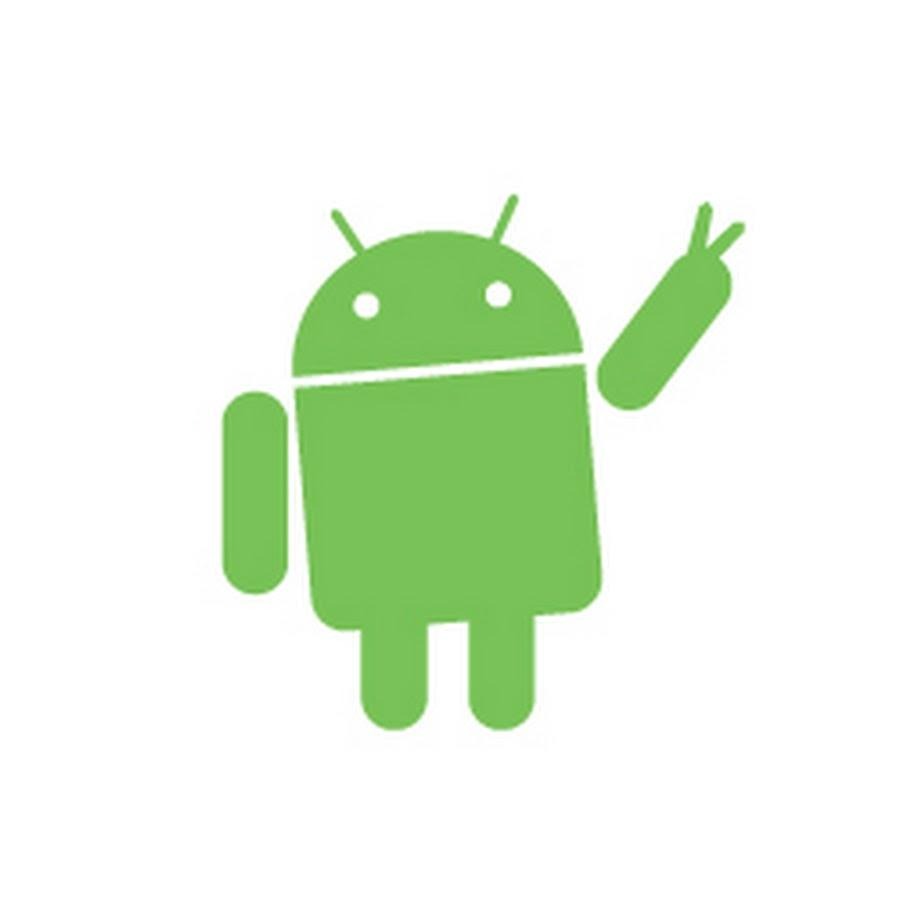| 일 | 월 | 화 | 수 | 목 | 금 | 토 |
|---|---|---|---|---|---|---|
| 1 | 2 | 3 | 4 | 5 | ||
| 6 | 7 | 8 | 9 | 10 | 11 | 12 |
| 13 | 14 | 15 | 16 | 17 | 18 | 19 |
| 20 | 21 | 22 | 23 | 24 | 25 | 26 |
| 27 | 28 | 29 | 30 |
- andorid studio
- Retrofit2
- Android
- RX
- Switch to the Play Referrer API by March 1
- 하드코드검색
- RxJava2
- 안드로이드
- RXjava
- hardcoded string search
- android P
- rxandroid
- deprecating the install_referrer
- Rx자바
- java
- Today
- Total
Lucky Dog
[안드로이드] 데이터바인딩 (Android DataBinding Library) 본문
DataBinding (데이터바인딩)
데이터 바인딩 라이브러리를 사용하여 선언적 레이아웃을 작성하고 애플리케이션 로직과 레이아웃을 바인딩하는데 필요한 글루 코드를 최소화할 수 있다.
데이터 바인딩 라이브러리는 유연성과 폭넓은 호환성을 모두 제공하는 지원 라이브러리로,
Android 2.1(API 레벨 7 이상)까지 Android 플랫폼의 모든 이전 버전에서 사용할 수 있다.
데이터 바인딩을 사용하려면 Android Plugin for Gradle 1.5.0-alpha1 이상이 필요하다.
[build.gradle]
android {
....
dataBinding {
enabled = true
}
}[xml]
<layout>
...
<data>
<variable
name="activity"
type="com.csl.app.MainActivity" />
</data>
<Button
android:id="@+id/button"
android:layout_width="match_parent"
android:layout_height="wrap_content"
android:onClick="@{activity::onButtonClick}" />
...
</layout>[src]
- Activity
@Override
protected void onCreate(Bundle savedInstanceState) {
super.onCreate(savedInstanceState);
setContentView(R.layout.activity_main);
ActivityMainBinding binding = DataBindingUtil.setContentView(this, R.layout.activity_main);
binding.setActivity(this);
}
public void onButtonClick(View view) {
switch (view.getId()) {
case R.id.button:
// hello
break;
}
}- Fragment
@Override
public View onCreateView(LayoutInflater inflater, ViewGroup container, Bundle savedInstanceState) {
FragmentVerifySignBinding binding =
DataBindingUtil.inflate(inflater, R.layout.fragment_verify_sign, container, false);
View view = binding.getRoot();
return view;
}- Adapter
@Override
public MyListAdapter.ViewHolder onCreateViewHolder(ViewGroup parent, int viewType) {
MyRecyclerViewRowBinding binding = DataBindingUtil.inflate(LayoutInflater.from(parent.getContext()),
R.layout.my_recycler_view_row, parent, false);
return new MyListAdapter.ViewHolder(binding);
}
@Override
public void onBindViewHolder(final MyListAdapter.ViewHolder holder, int position) {
MyRecyclerViewRowBinding binding = holder.binding;
binding.name.setText("hello");
}
public class ViewHolder extends RecyclerView.ViewHolder {
private MyRecyclerViewRowBinding binding;
public ViewHolder(MyRecyclerViewRowBinding binding) {
super(binding.getRoot());
this.binding = binding;
}
}UI 자동 업데이트
데이터 바인딩에 임의의 POJO(plain old Java object)를 사용할 수 있지만, POJO를 수정하더라도 UI가 업데이트되지는 않는다.
Observable 객체, Observable 필드, Observable 컬렉션이라는 세 가지 다른 데이터 변경 알림 메커니즘을 사용해야 한다.
이러한 Observable 데이터 객체 중 하나가 UI에 바인딩되어 있고 데이터 객체의 속성이 변경되면 UI가 자동으로 업데이트 된다.
<TextView
android:id="@+id/tv1"
android:layout_width="wrap_content"
android:layout_height="wrap_content"
android:text="@{user.nickName}" />public class User extends BaseObservable {
public String nickName;
@Bindable
public String getNickName() {
return nickName;
}
public void setNickName(String nickName) {
this.nickName = nickName;
notifyPropertyChanged(BR.nickName);
}
}@Override
protected void onCreate(Bundle savedInstanceState) {
super.onCreate(savedInstanceState);
ActivityMainBinding binding = DataBindingUtil.setContentView(this, R.layout.activity_main);
User user = new User();
user.setNickName("hong");
binding.setUser(user);
// android.os.Handler
handler.postDelayed(new Runnable() {
@Override
public void run() {
user.setNickName("gil-dong");
}
}, 2000);
}BaseObservable 을 상속받는 대신 ObservableField 등을 사용해도 된다.
ex) public final ObservableField
Binding Adapter
BindingAdapter는 "현재 정의되지 않은 Binding Attribute를 정의하고, 그 내부 로직을 작성" 할 때 쓰인다.
BindingAdapter는 간단하게만 생각하면 Custom View Class를 직접 정의해서 사용하기는 조금 귀찮거나 버거운 일이고, 혹은 꽤 많은 View들에 사용해야 하는데, 그때마다 Custom View Class를 정의하기는 어려울 때 사용한다고 보면 될것 같다.
예제) Binding Adapter 를 이용해서 특정 시점에(2초뒤) 텍스트뷰에 텍스트를 노란색으로 강조(Highlight) 하는 과정
Binding Adapter 를 이용해서 텍스트뷰에 app:highlight 어트리뷰트를 정의하고 이를 user.isTextHighLight 와 연결해서
Model(user) 가 변경됐을 때 동적으로 텍스트 뷰의 텍스트를 하이라이트
public class UserBindingAdapter {
@BindingAdapter(value = {"highlight"})
public static void setDisappear(TextView tv, boolean highlight) {
String text = tv.getText().toString();
if (highlight) {
SpannableString str = new SpannableString(text);
str.setSpan(new BackgroundColorSpan(Color.YELLOW), 0, str.length(), 0);
tv.setText(str);
} else {
tv.setText(text);
}
}
}public class User extends BaseObservable {
public boolean isTextHighLight;
@Bindable
public boolean isTextHighLight() {
return isTextHighLight;
}
public void setTextHighLight(boolean textHighLight) {
isTextHighLight = textHighLight;
notifyPropertyChanged(BR.textHighLight);
}
}@Override
protected void onCreate(Bundle savedInstanceState) {
super.onCreate(savedInstanceState);
binding = DataBindingUtil.setContentView(this, R.layout.activity_main);
mUser = new User();
binding.setUser(mUser);
handler.postDelayed(new Runnable() {
@Override
public void run() {
mUser.setTextHighLight(true);
}
}, 2000);
}<TextView
android:id="@+id/tv1"
android:layout_width="wrap_content"
android:layout_height="wrap_content"
android:text="test"
android:textSize="25dp"
app:highlight="@{user.isTextHighLight}" />참조 사이트
https://developer.android.com/topic/libraries/data-binding/?hl=en
http://blog.unsignedusb.com/2017/08/android-databinding-2-bindingadapter.html
